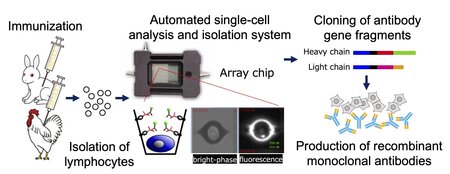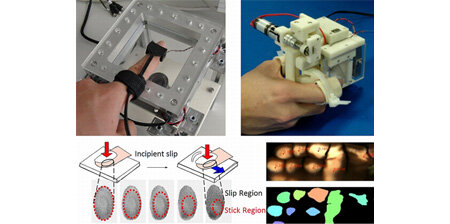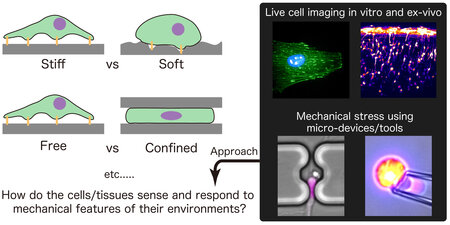Research Fields
3 research fields responding to society's needs
Students take a curriculum comprising three fields that form the pillars of the energy field: the Next-Generation Infrastructure Energy field, Life Device Energy field, and Material Creation field. Instructors in a range of disciplines work closely together in showing students a vision of the future of the energy field and training them to contribute to its advancement.
- Research into use of sustainable energy (nuclear power, hydrogen, solar, biomass, etc.)
- Research into environmentally friendly combustion technologies, plasma applications, drug discovery, and analysis techniques for energy conversion
- Research into creation of optoelectronic devices, high-performance polymers, and energy conversion materials
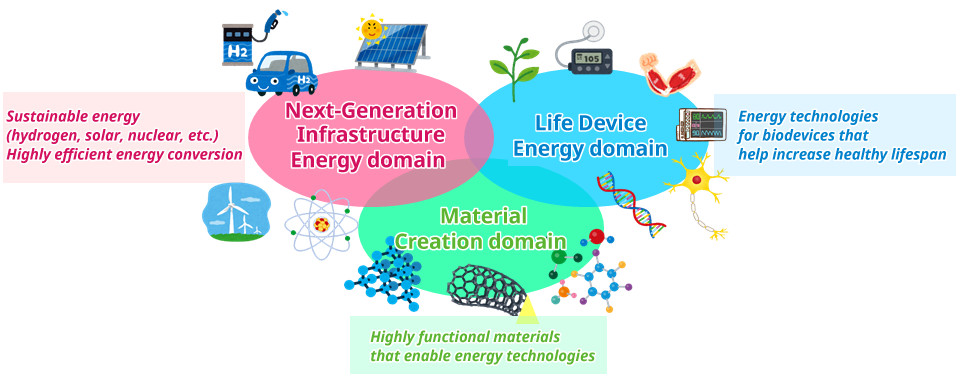
Next-Generation Infrastructure Energy field
Academic Staff and Research
|
|
Research on potential energy surface of 235U+n |
|
|
|
|
|
Highlighted article
Measurement of fission-fragment mass distributions in the multinucleon transfer channels of the 18O+237Np reaction, Phys. Rev. C 102, 054610 (2020)
Abstract
Fission-fragment mass distributions for 23 nuclei ( 234 − 237 U , 236 − 239 Np , 238 − 241 Pu , 240 − 243 Am , 242 − 245 Cm , and 244 − 246 Bk ) were measured using the multinucleon transfer approach in the reaction of 18 O + 237 Np , and their excitation-energy dependence was obtained up to a maximum of 70 MeV. Among them, the low-energy fission of 236 Np , 238 Pu , and 245 Cm is reported for the first time. The experimental data for all the studied nuclei were compared to the Langevin calculations. The calculation which takes into account the effects of multichance fission well reproduced the peak-to-valley ratio and mass-asymmetric peak positions of the distributions. The angular momentum given to the fissioning nucleus is also discussed.
Material Creation field
Academic Staff and Research
|
Research on development of new functional materials and their application to electronic devices |
Research on synthesis of polymers from naturally occurring myo-inositol |
|
|
Research on excited state energy in organic devices and electric charge dynamics |
|
|
Highlighted article
"Radical cyclopolymerization of dimethacrylates bearing rigid adamantane‐like core derived from naturally occurring myo‐inositol" Sudo, A.; Nishiyama, K.; Morimoto, M.; Yamamoto, S. J. Polym. Sci. 2020, 58(14), 1973-1981.
Abstract
Dimethacrylates with rigid adamantane-like cores were synthesized from myo-inositol orthoester via a sequence of (a) acylation or silylation of the equatorially oriented hydroxyl group, followed by (b) attachment of methacrylate groups on the axially oriented hydroxyl groups. The radical homopolymerization of these compounds proceeded via cyclopolymerization without crosslinking, as the two axially oriented methacrylate groups were fixed in close proximity with each other. The dimethacrylates underwent radical copolymerization with methyl methacrylate (MMA) to afford the corresponding polymethacrylates, exhibiting high glass transition temperatures (Tg), due to the introduction of the rigid orthoester moieties originating from the monomers and the macrocyclic structures formed via intramolecular cyclization of the two methacrylate groups of the monomers. The polymers obtained by polymerization of the dimethacrylate bearing a silylated hydroxyl group served as precursors of hydroxyl-bearing polymers, which also exhibited high Tg due to the formation of a hydrogen bonding network between the hydroxyl groups.
Life Device Energy field
Academic Staff and Research
|
|
|
|
Research on production of genetically engineered monoclonal antibodies |
Research on haptic perception modelling and applied systems |
|
Research on molecular mechanisms in biological function regulation |
Highlighted article
Hiroyuki Kawamura, Shimon Tasaka, Atsutoshi Ikeda, Takashi Harada, Yuji Higashimoto, and Kanji Fukuda, "Ability to categorize end-feel joint movement according to years of clinical experience: an experiment with an end-feel simulator," Journal of Physical Therapy Science, Vol. 32, Issue 4, pp. 297-302, April 2020.
Abstract
[Purpose] Discrimination between end-feel types is difficult, and years of clinical experience is considered a factor for improving the accuracy of the discrimination. The present study investigated whether the accuracy of classification of end-feel types improves with the increase in years of clinical experience. [Participants and Methods] In total, 44 therapists (range of years of clinical experience: 1-26 years) and 13 students were included. The participants identified the type of end feel simulated by our newly developed simulator. The proportion of correct answers of the therapists was compared with that of the students. For the therapists, years of clinical experience and their awareness of end feel were examined, and their relationships with the ability to classify end-feel types were analyzed. [Results] The therapists showed a higher ability to identify end-feel type than the students. The ability of the therapists improved according to their years of clinical experience. The cutoff values for years of clinical experience to improve the ability for identifying bone-to-bone, muscular, and tissue approximations were 15, 6, and 15, respectively. The therapists who were always conscious about end feel were associated with a higher ability to classify end-feel types. [Conclusion] Our present study demonstrated that the ability to classify end feel improves with the increase in years of clinical experience.
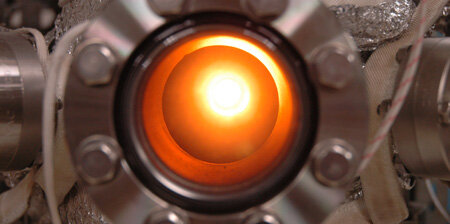 Research on desorption of hydrogen from graphite applied for a nuclear fusion reactor
Research on desorption of hydrogen from graphite applied for a nuclear fusion reactor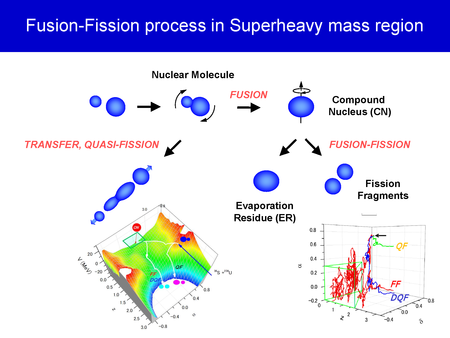
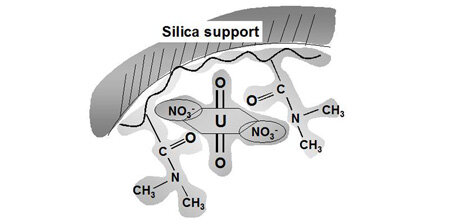 Research on expected adsorption form of silica-DMAA resin to U(VI)
Research on expected adsorption form of silica-DMAA resin to U(VI)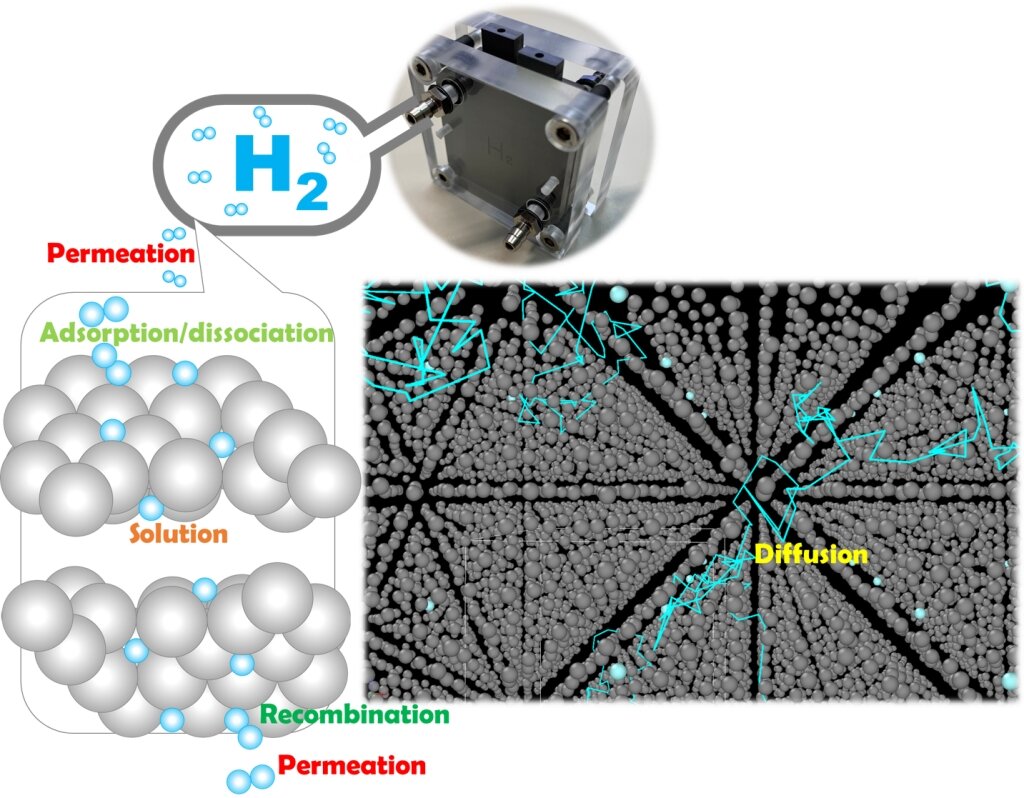 Research on safely locking hydrogen and radioactive substances inside materials
Research on safely locking hydrogen and radioactive substances inside materials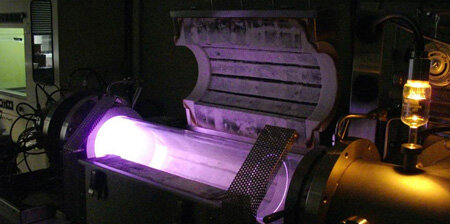 Research on material surface modification and sterilisation using plasma
Research on material surface modification and sterilisation using plasma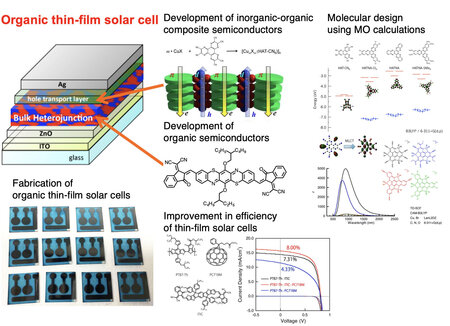
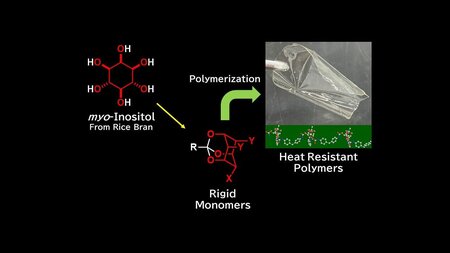
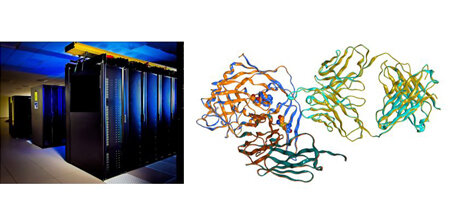 Research on computational chemistry and bioinformatics
Research on computational chemistry and bioinformatics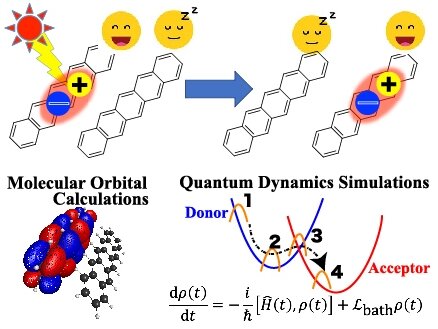
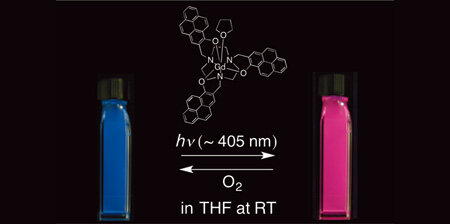 Research on luminous phenomena in response to light and oxygen
Research on luminous phenomena in response to light and oxygen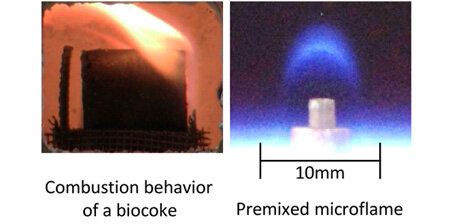 Research on observation of flame behaviour
Research on observation of flame behaviour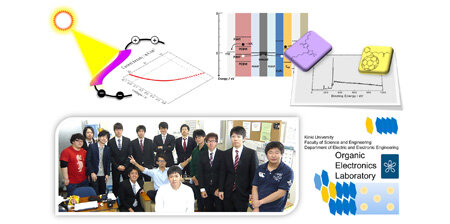 Research on organic electronic devices such as organic solar cells
Research on organic electronic devices such as organic solar cells